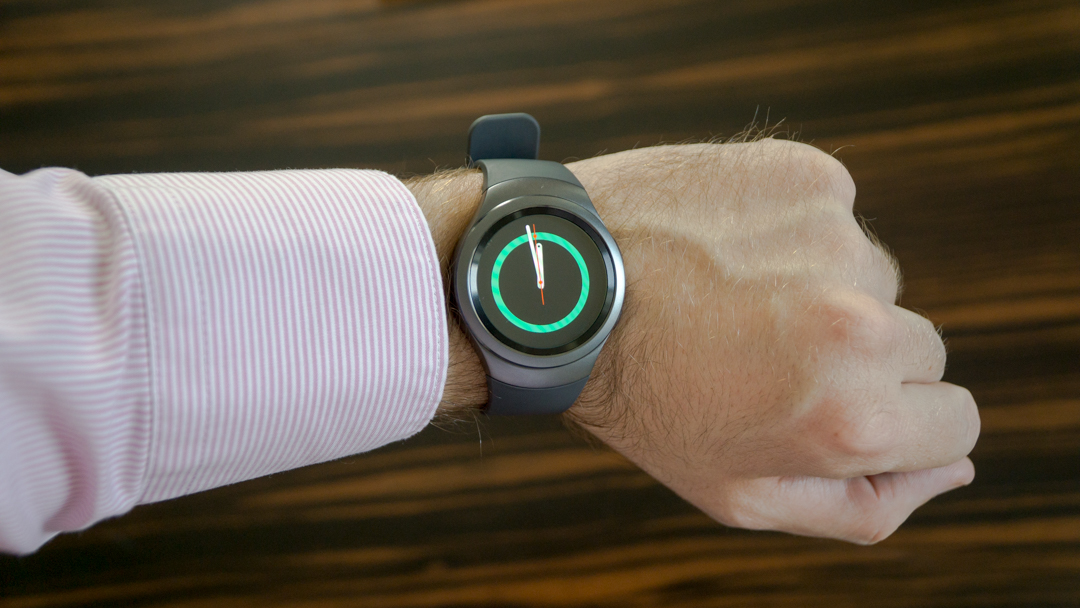Wearables of the future could house self-healing batteries
Broken power source? Not any more

Researchers have developed a new type of lithium-ion battery that can 'regrow' itself and resume giving a charge shortly after being broken.
This new generation of battery, as described in the journal Angewandte Chemie (via Wiley Online Library), uses a series of carbon nanotube sheets layered with a polymer that not only prevents the battery from leaking when damaged, but can allow a damaged surface to heal itself.
The team behind the technology demonstrated it using a flexible band attached to a doll. The band could be cut and then resealed, allowing it to resume giving off a charge as though it hadn't been damaged in the first place.
Given its flexibility, safety for human wear, and ability to recover from damage, researchers believe the self-healing battery could have practical applications on wearables - especially ones that sometimes take a beating.
Won't crack under pressure
While conventional lithium-ion batteries can be designed for flexibility, they can still break if cracked, bent, cut, or otherwise put under too much duress.
Not only does that turn the busted battery (or the device it's housed in) into little more than an expensive paperweight, but it can also leak all types of toxic, corrosive, or flammable chemicals.
Purely in an experimental phase, it will be a while before we see a self-healing battery inside our Fitbit or Apple Watch, but if it means not getting battery acid on our clothes after a nasty spill, we can wait.
Sign up for breaking news, reviews, opinion, top tech deals, and more.
